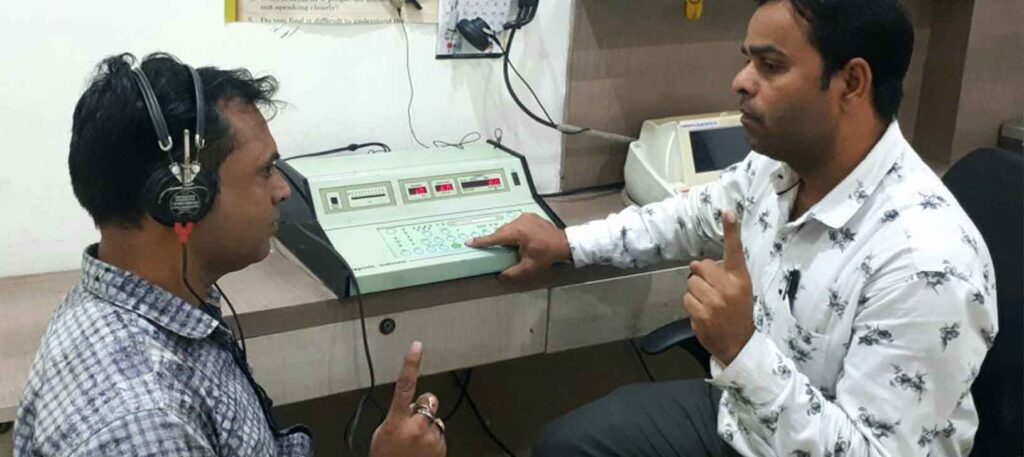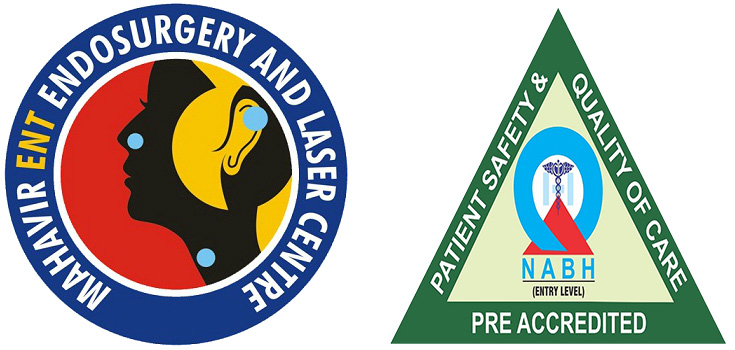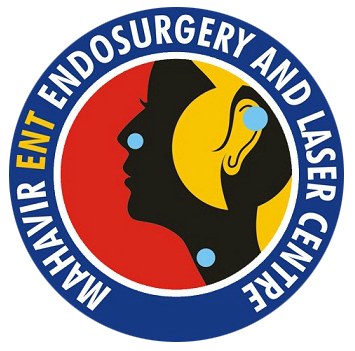Audiology Pure-Tone Testing
Services > Audiology Pure-Tone Testing
- Vertigo
- Ear Wax
- Ear Pain
- Ear Infections
- Ear Cholesteatoma
- Acoustic Neuroma
- Torn Ear Lobes
- Perforation In Ear
- Ototoxicity
- Otitis Media
- Mastoiditis
- Hearing loss
- Foreign bodies in the ear
- Rhinoplasty
- Breathing Problems
- Foreign bodies in nose
- Nasal Bone Fracture
- Nasal Septum
- Nasal Polyp
- Nasal Deformity
- Nosal Allergy Clinic
- Nose Bleeding Treatment
- Sinus Treatment
- Chronic Sinusitis
- Adenoidectomy
- Voice Disorders
- Salivary gland problems
- Papillary Thyroid Carcinoma
- Oral and Throat problems
- Laryngeal Vocal Nodules
- Laryngeal Vocal Cord Palsy
- Foreign body in esophagus
- Foreign body in bronchus
- Difficulty in Swallowing
- Cancer of the Larynx
- Sleep Apnea
- Snoring Treatment
- Head & Neck Cancer
- Thyroid Cancer / Papillary Carcinoma

Overview
Pure-tone audiometry is a subjective test used to measure hearing sensitivity. This measure involves the peripheral and central auditory systems. Pure-tone thresholds (PTTs) indicate the softest sound audible to an individual at least 50% of the time. Hearing sensitivity is plotted on an audiogram, which is a graph displaying intensity as a function of frequency.
- Normal hearing (0–25 dB): At this level, hearing is within normal limits.
- Mild hearing loss (26–40 dB): Mild hearing loss may cause inattention, difficulty suppressing background noise, and increased listening efforts. Patients with this degree of loss may not hear soft speech. Children may be fatigued after listening for long periods.
- Moderate hearing loss (41–55 dB): Moderate hearing loss may affect language development, syntax and articulation, interaction with peers, and self-esteem. Patients with this degree of loss have trouble hearing some conversational speech.
- Moderate-severe hearing loss (56–70 dB): Moderate-severe hearing loss may cause difficulty with speech and decreased speech intelligibility. Patients with this degree of loss do not hear most conversational-level speech.
- Severe hearing loss (71–90 dB): Severe hearing loss may affect voice quality.
- Profound hearing loss (>90 dB): With profound hearing loss (deafness), speech and language deteriorate.
Types of hearing loss
Conductive
Conductive hearing loss has normal bone-conduction thresholds, but air-conduction thresholds are poorer than normal by at least 10 dB.
Sensorineural
Sensorineural hearing loss has bone- and air-conduction thresholds within 10 dB of each other, and thresholds are higher than 25 dB HL. See image below.
Mixed
Mixed hearing loss has conductive and sensorineural components.
This type of hearing loss has sensorineural and conductive components. Pure-tone air-conduction thresholds are poorer than bone-conduction thresholds by more than 10 dB, and bone-conduction thresholds are less than 25 dB.

